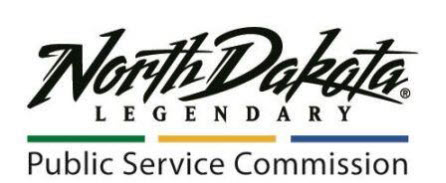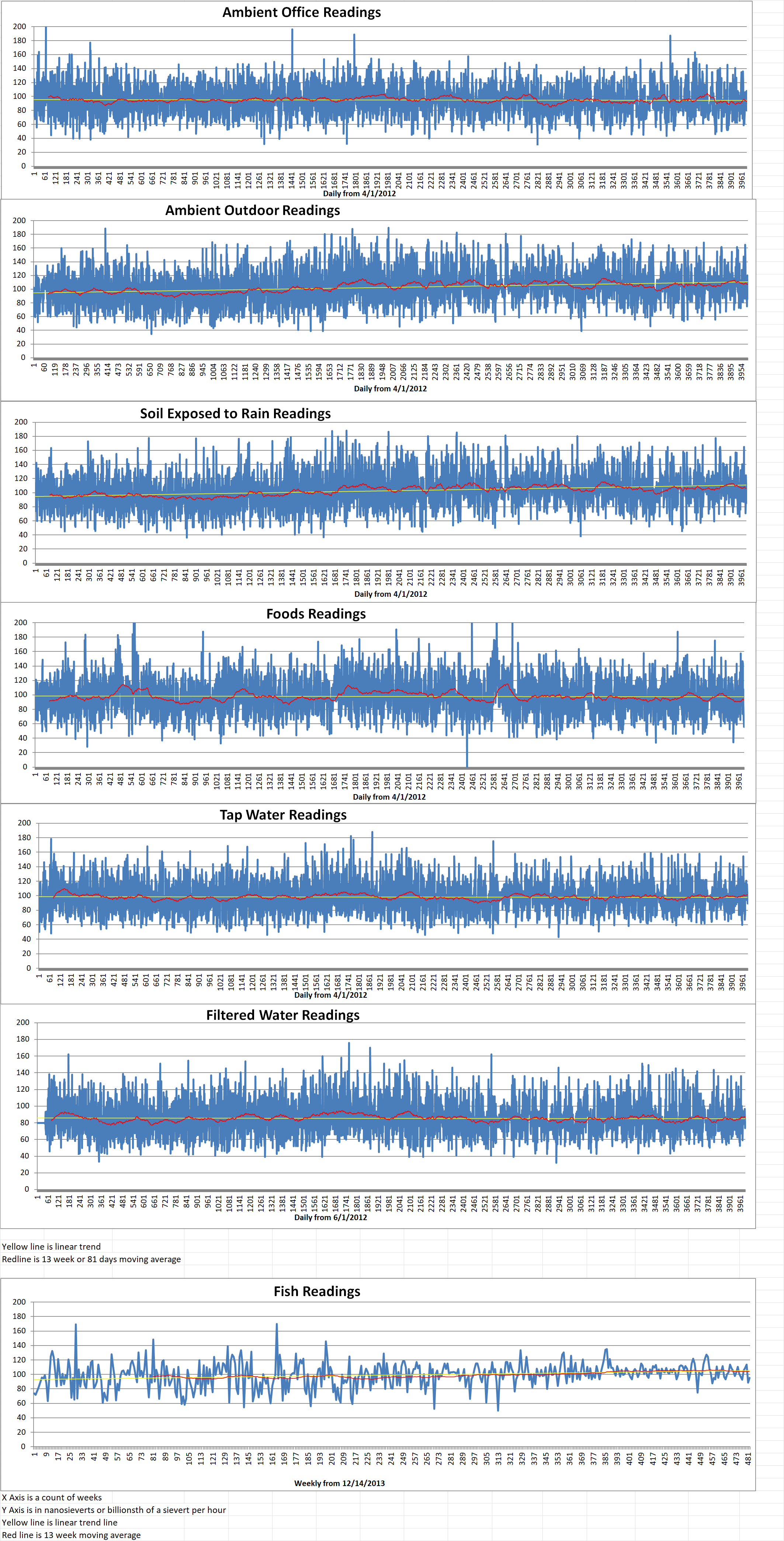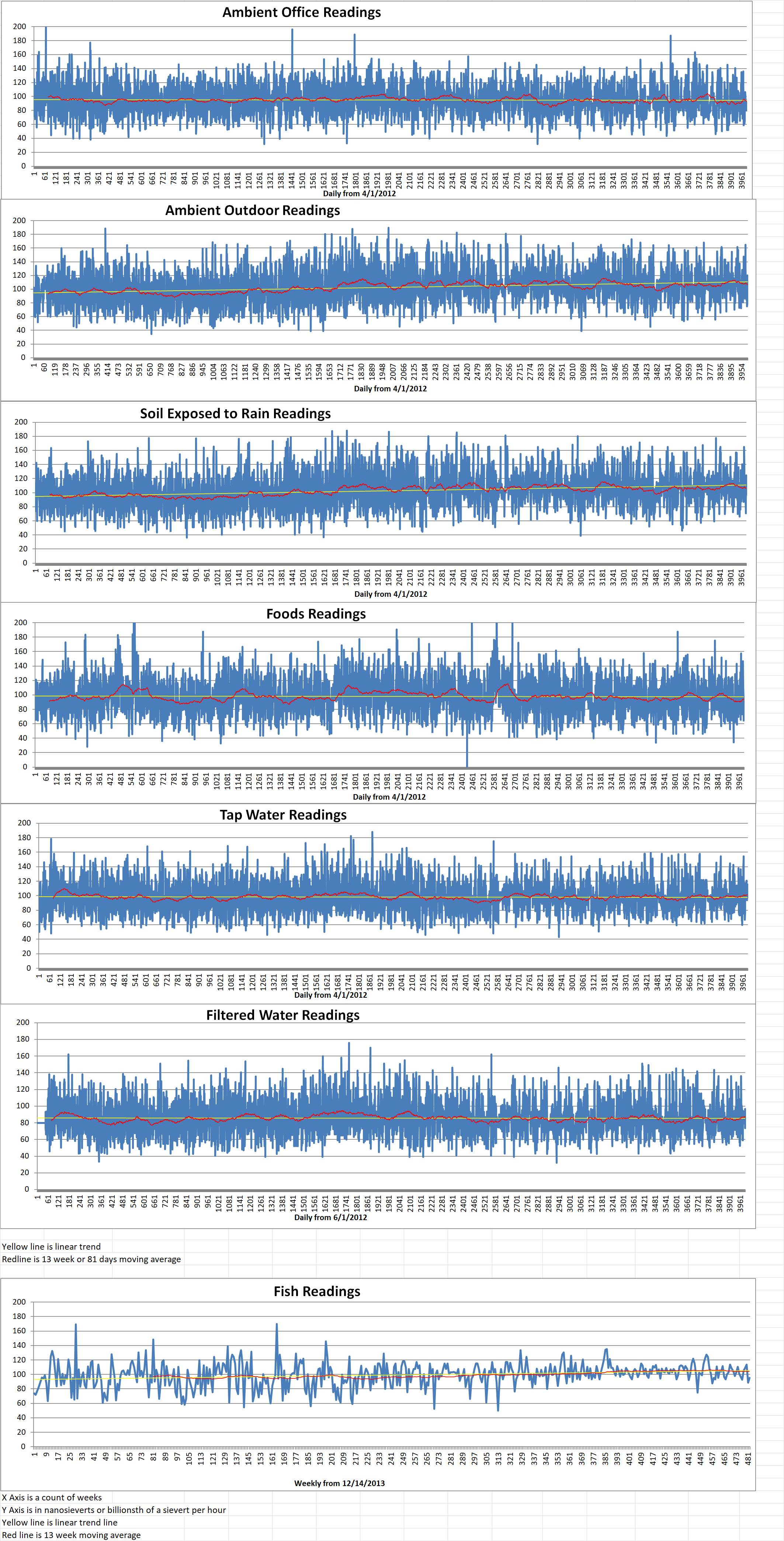Part 2 of 2 Parts (Please read Part 1 first)
Based on transmission infrastructure already under discussion, one possible benefit for North Dakota could be power delivered from the Canadian SMRs. Canada is considering plans for two hundred kilovolt transmission lines extending from Wheelock and Tande-Neset areas into Canada.
Basin Electric Power Cooperative will be the transmission owner lines according to Basin spokesperson Andrew Buntrock. This project is part of a seven hundred million dollars allocated for line improvements planned for the state. This particular part of the project is slated to “improve power transferability” between the two countries.
SaskPower has not discussed its nuclear power plans with the cooperative. The transmission development has no relation to that project. Basin Electric’s communication manager Lindsey Chumley told a reporter.
Scott McGregor is a media relations representative of SaskPower. He said, “We’ve identified that the proximity to the U.S. border will require some consideration, though to date, we have not had any direct communications with representatives in North Dakota or in other American jurisdictions regarding our (small modular reactor) development project.” McGregor added that the planned transmission line could enable the potential export of power generated from an SMR. However, the scope of import and export arrangement has not been finalized yet.
Plans for SMR power projects are not just being considered north of the U.S.-Canadian border.
In January, the U.S. Nuclear Regulatory Commission certified designs on the first SMR in the U.S. This is a fifty-megawatt unit built by Oregon-based NuScale Power that will be near Idaho Falls, Idaho.
Another project in the works is the Bill Gates-backed TerraPower SMR that will replace the Naughton coal plant new Kemmerer, Wyoming. Nearly two billion dollars has been provided by the U.S. Congress for that project.
Other SMRs being planned include potential sites in Ohio, Texas and Washington state. In North Dakota there are no such plans. However, recently passed House Resolution 3034 directed the ND legislature to consider studying the feasibility of advanced nuclear energy development and transmission in the state.
This legislation was passed on May 25th by the seventeen-member Legislative Management body. It will be on the agenda of members of an Energy Development and Transmission Committee in the next two years. Cory Mock, D-Grand Forks, sponsored the study bill. He said, “This study is a vital first step to future-proof our energy industry.”
Mock said it is important to consider nuclear power as coal-fired power plants age and reach the end of their life cycle. This is especially true considering the average age of coal power plants in the state is over forty-five years.
Shock said that SMRs discussion have come up over the years at PSC. However, concerns have been raised. ND would like to have a cost-effective, developed technology ready to deploy instead of creating something new. Another aspect is long term storage of spent nuclear fuel. This has been a costly regulatory problem for other nuclear power providers. That being said, nuclear power will likely need to be on the table in the coming years.
Shock mentioned that renewable energy resources, natural gas and battery storage can’t fully ensure grid reliability. He added “There’s really no future reliable energy that can happen without that piece of the puzzle.”
Blog
-

Nuclear Reactors 1231 – Canadian SaskPower Planning Small Modular Reactors Near U.S. Border – Part 2 of 2 Parts
-
Nuclear News Roundup June 02, 2023
DOE begins scoping for HALEU supply world-nuclear-news.org
DOE begins scoping for HALEU supply Haaretz.com
Ohio budget amendment seeks to study and promote advanced nuclear power energynews.com
Ohio proposal seeks to promote advanced nuclear power
Reuters.com
-

Geiger Readings for June 02, 2023
Ambient office = 108 nanosieverts per hour
Ambient outside = 86 nanosieverts per hour
Soil exposed to rain water = 85 nanosieverts per hour
Cherry tomato from Central Market = 56 nanosieverts per hour
Tap water = 89 nanosieverts per hour
Filter water = 81 nanosieverts per hour
-

Nuclear Reactors 1230 – Canadian SaskPower Planning Small Modular Reactors Near U.S. Border – Part 1 of 2 Parts
Part 1 of 2 Parts
SaskPower, a Canadian utility company, is considering siting a new small modular reactor (SMR) near the North Dakota border. The site is across the border from Noonan, North Dakota, in Divide County in the state’s far northwest corner. Local state officials and local landowners were surprised by the news of SaskPower’s intentions. However, they would welcome the power provided by the new SMR.
Jody Gunlock operates a ranch near the border and also serves as Divide County’s emergency manager. She said, “It’s a very positive development.” She is eager to hear more about SaskPower’s plans. She is also interested in the possibility of North Dakota planning its own SMRs.
Sheri Haugen-Hoffart is one of three commissioners serving on the North Dakota Public Service Commission (PSC). She said that North Dakota News Cooperative’s query was the first she’d heard of the project. Governor Doug Burgum’s office indicated that the Department of Commerce had communicated with SaskPower and others regarding SMRs at a recent energy conference in Atlanta.
Victor Schock is the director of public utilities at the PSC. He said that he was prompted to research the project after the inquiry for this story and said that SaskPower had not reached out to state authorities about the plans. He added, “Not that they would necessarily need to since they’re really outside our jurisdiction, but that wouldn’t necessarily prevent us from intervening in a proceeding they may have up there either,” Schock said. “If we’re concerned about safety on our side of the border, it would be potentially worthwhile to intervene and raise some concerns.”
SaskPower is narrowing down potential sites for a GE-Hitachi BWRX-300 SMR. One possible location is the Estevan region and the other near Elbow, which is about an hour northwest of Regina. Site selection should be completed by the end of 2024. Licensing should be finished by 2029 according to an online presentation by Darcy Holderness of SaskPower. An operational reactor would not be available until the mid-2030s, according to Darcy. The site selected could possibly host at least one additional SMR after the additional reactor after the initial project is approved.
Gunlock spent time at the Defense Nuclear Weapons School in New Mexico and led the 55th Civil Support (WMD) response team at the Minneapolis-St. Paul International Airport during his time in the U.S. Army. He is familiar with both the potential opportunities and dangers of nuclear materials.
Gunlock said, “If you want clean, carbon-free energy and want reliable energy that’s there all the time, you’ve got to go nuke.” He added that this is a better alternative to the intermittency of wind and solar because they reduce availability. They also take up much more space than an SMR. “If it was up to me and they came and asked if they could put a nuke on my property, I’d say yes, build that.”
Isaac Jacobs is the country commissioner in Divide. His brother, Morgan, owns a farm right next door to the Noonan Port of Entry. Isaac had already heard of the project from Canadian radio broadcast. He shared thoughts similar to Gunlock’s. He says that nuclear is the cleanest, most efficient and most readily available source of energy. He said, “It’s been around for a long time,” he said. “So why aren’t we using it?”
Morgan said that he “wouldn’t be opposed to nuclear if it benefited the local community in some way” but that if “all we could get is the risk of something going wrong, I’d be opposed to such a project.”
Please read Part 2 next -
Nuclear News Roundup June 01, 2023
Fortum, Westinghouse study new build opportunities world-nuclear-news.org
Russia says U.S.-built F-16s could ‘accommodate’ nuclear weapons if sent to Ukraine reuters.com
Russian-controlled nuclear plant ‘sufficiently protected’ from re-capture English.alarabiya.net
Wagner Boss ‘Afraid’ Russia May Use Nuclear Bomb on Own Territory thedailybeast.com
-

Geiger Readings for June 01, 2023
Ambient office = 80 nanosieverts per hour
Ambient outside = 98 nanosieverts per hour
Soil exposed to rain water = 97 nanosieverts per hour
Blueberry from Central Market = 72 nanosieverts per hour
Tap water = 98 nanosieverts per hour
Filter water = 80 nanosieverts per hour
-

Nuclear Reactors 1229 – Oklo Planning On Construction Of Small Modular Reactors In Southeast Ohio – Part 2 of 2 Parts
Part 2 of 2 Parts (Please read Part 1 first)
Steve Shepherd is the executive director of the Southern Ohio Diversification Initiative, which is promoting economic redevelopment of the site. According to Shepard, Oklo’s plan to construct the two reactors is “one of the biggest things that’s happened in decades.”
Shepard said that the PGDP site is one of the best locations in the country for building nuclear power plants. The uranium enrichment operations consumed massive amounts of electricity. The old connections to the power grid are still in place. They will be needed to distribute the electricity generated by the new reactors.
The southeast Ohio region also offers a trained workforce, according to Shepard. Many people who live in the area worked at the PGDP when it was enriching uranium. Many of them are now working on the cleanup of the site. They are familiar and comfortable working with nuclear materials.
Oklo plans to purchase forty to fifty acres at the site, Shepard added. The two rectors it plans to build on the PGDP site will provide up to thirty megawatts of electricity, according to the company. At full capacity, this would be enough wattage to supply the annual electricity needs of almost twenty-five thousand homes. This estimation is based on average household energy consumption data provided by the U.S. Energy Information Administration (EIA).
The Oklo reactors will be much smaller than traditional nuclear power plants. Because of this, they will be cheaper, easier and faster to construct, according to Oklo. An architectural rendering on the Oklo’s website shows that Aurora reactors will be housed in a modular structure composed of triangular panels with an A-frame entrance.
Another feature of the Aurora reactors is that they will be able to use nuclear waste from other reactors as fuel, according to Oklo. The company says that this recycling of nuclear waste has significant environmental benefits. This includes a significant reduction of the time that the nuclear waste continues to emit harmful amounts of radiation.
Oklo’s announcement comes just a few months after Centrus Energy Corporation announced that it had signed a contract with the U.S. DoE to enrich uranium at the Piketon site. Centrus will produce a different type of enriched uranium than was previously produced at the site and will use a different method.
The enriched uranium that Centrus produces will be the kind needed for the next generation of nuclear reactor designs currently under development by Oklo and other companies. Centrus announced that its Piketon facility is the only one licensed by the NRC to produce this kind of uranium.
The uranium Centrus enriches under the DoE contract will be owned by the U.S. federal government. Centrus said that it would be able to scale up the facility within a few years to meet the demands of commercial nuclear power reactors.
Chester, the spokesperson for Oklo, said that partnerships with fuel enrichers such as Centrus “will be key to ensuring fuel is available for our plants.” -
Nuclear News Roundup May 31, 2023
IAEA: ‘No immediate risk’ to Zaporizhzhia from dam damage world-nuclear-news.org
Wagner Boss ‘Afraid’ Russia May Use Nuclear Bomb on Own Territory thedailybeast.com
The US is getting its first new nuclear reactor in 40 years grist.org
New Czech research reactor commissioned world-nuclear-news.org
-

Geiger Readings for May 31, 2023
Ambient outside = 106 nanosieverts per hour
Soil exposed to rain water = 106 nanosieverts per hour
Avocado from Central Market = 65 nanosieverts per hour
Tap water = 99 nanosieverts per hour
Filter water = 74 nanosieverts per hour
-

Nuclear Reactors 1228 – Oklo Planning On Construction Of Small Modular Reactors In Southeast Ohio – Part 1 of 2 Parts
Part 1 of 2 Parts
Oklo is a California-based company. It plans to construct two small-scale nuclear power reators near Piketon, Ohio that will operate under a new model compared to traditional nuclear power plants. If these reactors are actually built, they would be the first commercial nuclear reactors in the U.S. to use the new process. The first phase of the project is obtaining a license from the U.S. Nuclear Regulatory Commission (NRC), the agency that oversees the nation’s nuclear industry. The reactors in Ohio would be the second and third built by Oklo. The company has plans to construct its first reactor in Idaho. Oklo calls its new reactor design “Aurora”.
Oklo submitted a license application to the NRC for the Idaho reactor in March 2020. The NRC denied that license application in January of 2022. It said that Oklo had not provided enough information to do a full safety assessment of the proposed reactor.
Andrea Veil is the director of the commission’s Office of Nuclear Reactor Regulation. He said, “Oklo’s application continues to contain significant information gaps in its description of Aurora’s potential accidents as well as its classification of safety systems and components.” This information was disseminated via a press release about the NRC decision.
Since the January 2022 decision, the NRC and Oklo have been engaged in a pre-application process to lay the groundwork for a new license application. This licensing process involves a different reactor design than the one first proposed for the Idaho site, according to Scott Burnell who is a public affairs officer for the NRC.
Bonita Chester is Oklo’s director of communications. She said, “We’ve been actively engaged with the NRC in closing out the open areas for which they wanted more information. These can generally be considered areas where the advanced nature of the technology, and its differences from current reactors, can cause deviations in style and format of what the regulator is used to, so we have focused on bridging that and communicating those accordingly.”
The two reactors being proposed by Oklo for southeast Ohio will be the same design as the one that it plans to build in Idaho. Oklo intends to submit a new application for the Idaho reactor within the next twelve months. An application for the Ohio plants will be submitted by 2025.
The Ohio reactors will be constructed on the site of the former Portsmouth Gaseous Diffusion Plant (PGDP). For decades, uranium was enriched at the PGDP for use in commercial nuclear power plants and nuclear weapons. The site consists of thousands of acres about two miles south of Piketon. These decades of operation left large sections of the site significantly contaminated with radioactive and other hazardous wastes. This contamination includes buildings, soil and groundwater.
An extensive cleanup operation has been underway for years. It will continue for at least another decade. This projection was provided by the U.S. Department of Energy (DoE), which is overseeing the remediation. In the meantime, local economic development officials are trying to find businesses interested in developing portions of the site that are not contaminated.
Please read Part 2 next
